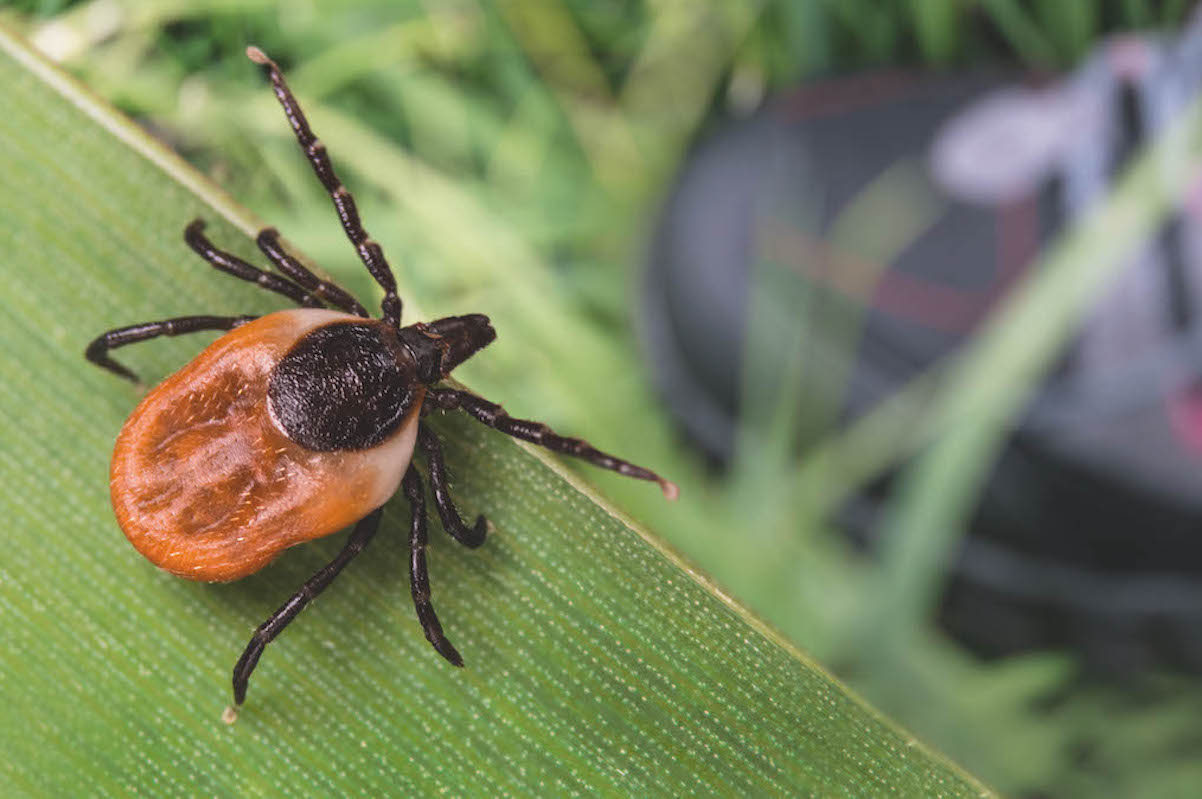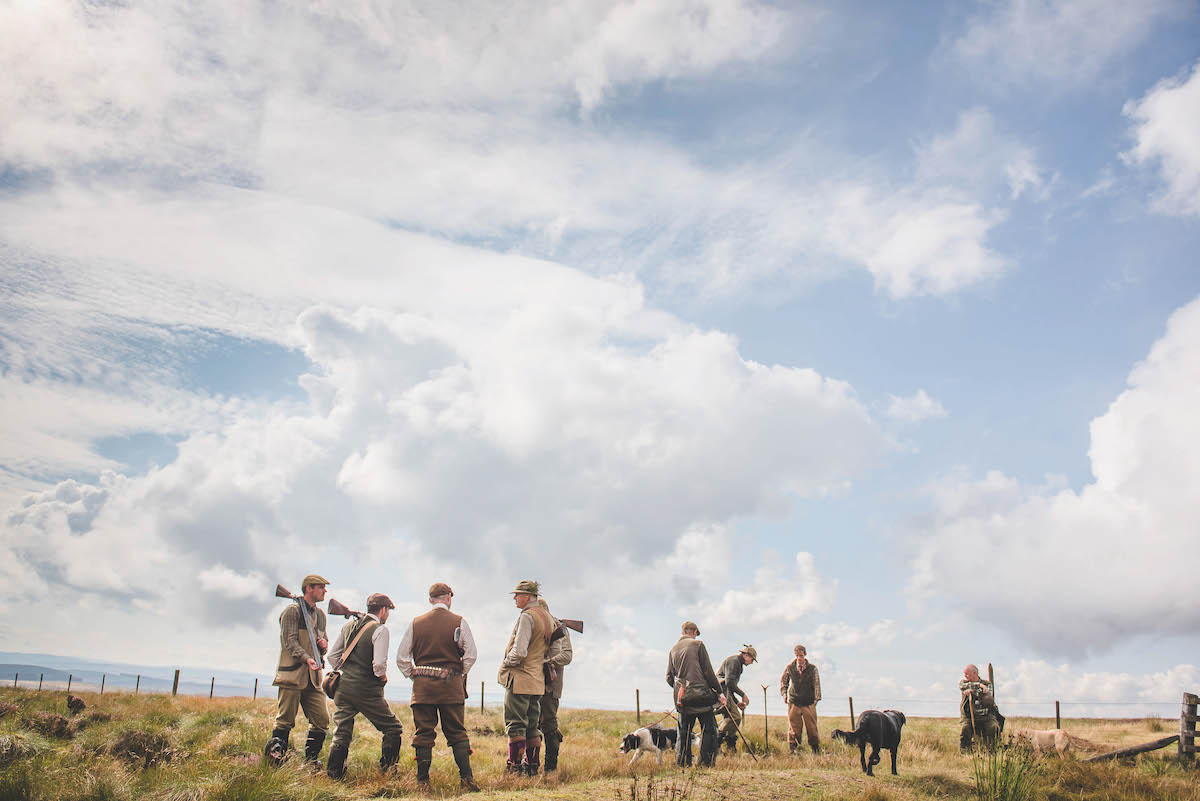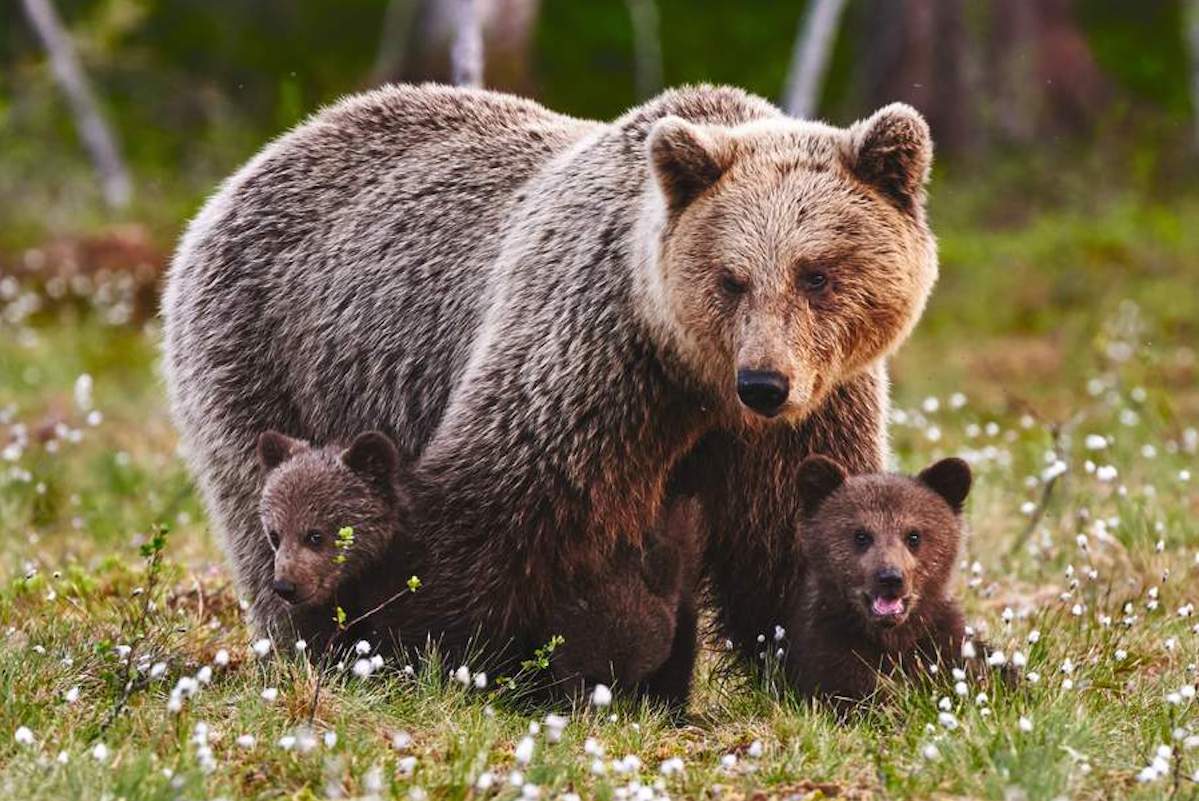Waging war on ticks
Al Gabriel investigates the rise in our tick population and the risks they carry

Globally, ticks are on the rise. They have been crawling around our planet for at least 100 million years, and in that time they have evolved into 850 species and built enough defences to put us on the losing end of a health battle. The British Isles, with our temperate climate, are at the heart of the global rise.
Tick numbers
Many have cited global warming as a primary factor in driving up tick numbers. Warm and humid weather does favour tick biology. The number of months in which they are active is becoming longer with the milder winters and wetter summers. Even tick eggs are hatching much earlier. Numerous studies have shown that ticks have extended their ranges in the northern hemisphere. Beyond climate, there are a number of other factors that are probably unique to our islands.
From the turn of the 20th century, land use in this country has evolved, namely intensive farming. In the British Isles, the biggest driver of ticks is the ever-increasing number of hosts. This is mainly due to livestock from intensive farming and deer due to post-war afforestation. Ixodes ricinus (sheep tick) is the most abundant and widespread tick species in the UK. Unsurprisingly, it is also the one that’s responsible for the majority of tick-borne illnesses.

Deerstalkers are a high-risk group for tick-borne diseases, frequently working in areas of long grass
Vectors of disease
It is important first to understand what ticks are. Ticks are parasitic arachnids — yes, spiders. They are vectors for a plethora of animal and human diseases caused by bacteria, viruses and parasites. In fact, ticks carry so many diseases at any given time that one should never touch ticks without wearing gloves.
You can’t fully appreciate ticks without understanding their lifecycle. Ticks are long-lived; some can be as old as three years. They have three life stages, during which they need to feed in preparation for each step. (Read more on tick lifecycles here.)
The size of host they require increases with their life stage. Rodents and birds play a big part at the earlier stages. Deer, as the largest wild mammals on this island, are often the preferred choice for the adult females, which possess a prodigious appetite for blood. A female tick that has mated needs enough blood to help her develop up to 2,000 eggs. The most unappreciated aspect of ticks is their physiology. They have no head but mouthparts, and their nervous system is on their back. Their primary sensory organ is called Haller’s organ, located on the first pair of legs. How it works is not fully understood but it is a sophisticated, multi-sensory organ. It even has infrared and carbon dioxide detection. Ticks are far more aware of their environment than people think.
Public health concern
Along with the lifecycle of ticks is the Borrelia bacterium, which causes Lyme disease. (Read more on Lyme disease here.) Lyme remains the most common tick-borne disease and one with significant public health concern, with 2,000 to 3,000 cases per year in England and Wales. Not all ticks are infected but there are well-established high-risk areas, namely the Scottish Highlands and the south of England. These areas cover the New Forest and South Downs National Parks, which are areas of high deer density and increased human outdoors activity. In short, the smart Home Counties has a tick problem.
The true incidence rate remains unknown: clinically validated cases do not capture the full picture. Lyme disease remains without a vaccine, but there is currently a trial vaccine in the States that has entered the third phase of human trials. The delayed nature and complex symptoms of Lyme continue to make its treatment difficult.
Recent news of the first locally contracted tick-borne encephalitis (TBE) in Yorkshire has not helped matters. It is a more acute disease with a higher mortality rate. A study that looked at culled deer across the country has identified the virus in 4% of cases. In particular, Thetford Forest registered a higher incidence rate among deer than in any other part of the country. Counties such as Sussex, Hampshire and Norfolk are also know to have had the virus.
Sweden experienced nearly 3,000 cases of TBE between 2004 and 2017. What is more surprising is that the symptoms were far more pronounced in men than in women. It is fair to assume that similar features will be repeated here in the UK. Luckily, unlike Lyme, there is an effective vaccine for TBE.
Physical separation
Numerous studies have shown that the British Isles benefit from being a group of islands, since the physical separation helps reduce transmission. Mind you, ticks have been hitching rides for far too long on migratory birds. They are unstoppable with no respect for borders.
A recent UK study has found that areas of higher deer density had 18 times more tick nymphs than low deer areas. Red grouse breeding success is well known to be negatively impacted by higher deer densities. Historically, sheep dipping, a once-common practice, significantly reduced tick numbers on farms, despite its toxic nature. Since the banning of sheep dip liquid, there has been a noticeable increase of ticks in the uplands.
It is about time that a significant amount of money was spent to understand why ticks are on the rise. In the US, $114 million was awarded for tick research just last year. There is a £2 million research grant in the UK for the TickSolve project, which will run until 2025.
Behavioural change is still necessary from the shooting community. I would consider deerstalkers an ‘ultra-high risk’ group for tick-borne infections. There is no guaranteed way to keep ticks away in terms of clothing or sprays; the best means seem combinational.

Al Gabriel has been testing Rovince anti-tick clothing for nearly a year
Staying away from tall grass and woodlands, and exposing less skin, is the first line of defence. If you must go into such areas, then you will have to take precautions in terms of clothing and fieldcraft. Some advanced clothing, such as the Rovince brand, has an impregnated permethrin polymer mix. Anti-tick sprays, sonic devices, gaiters and even adhesive tapes are readily available and can be very effective. These are the weapons that can help us in the complicated battle against ticks but, until then, stay away from tall grass where possible. Some people seem more prone to ticks than others but if you’re one of the lucky ones, it’s still not worth taking risk.
As well as Rovince — I’ve been testing their range of anti-tick clothing for the best part of a year now — here are just a few anti-tick options that we, as deer managers, should consider:
Härkila Tanatex clothing — Härkila offers a range of anti-tick clothing impregnated with Tanatex insect repellent. This treatment contains permethrin, which is toxic to ticks and recommended by the World Health Organisation as a public health pesticide.
Deerhunter HHL clothing — HHL Vital Protection is a highly effective anti-insect protection technology used across select Deerhunter garments, designed to safeguard stalkers (and their clothing) from biting insects including ticks.
Craghoppers NosiLife clothing — tried and tested to offer outstanding defence against ticks, this anti-insect clothing doesn’t require any maintenance or treatment update, as it is all built into the clothing — meaning long-lasting defence for the lifetime of the garment.








